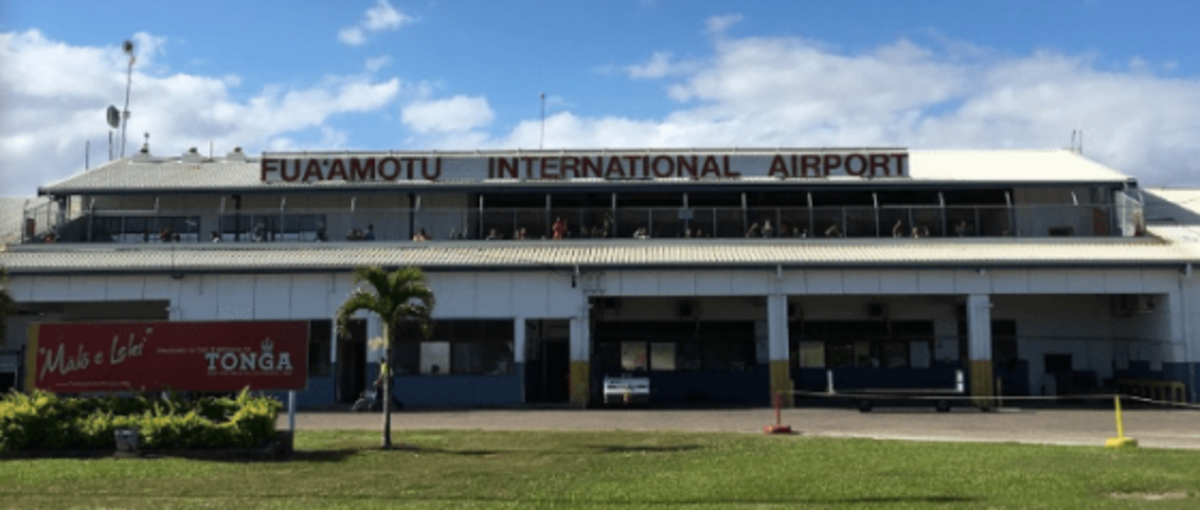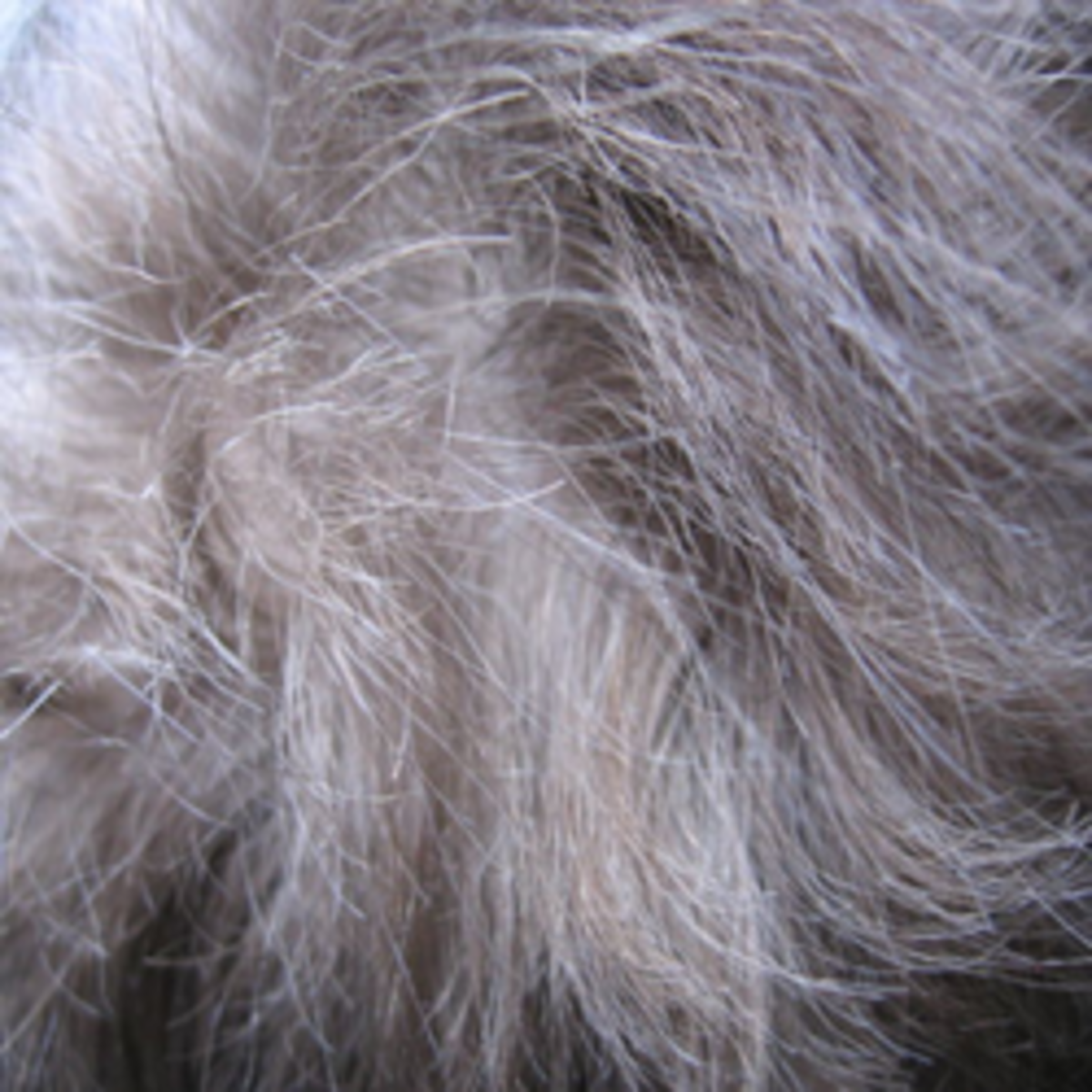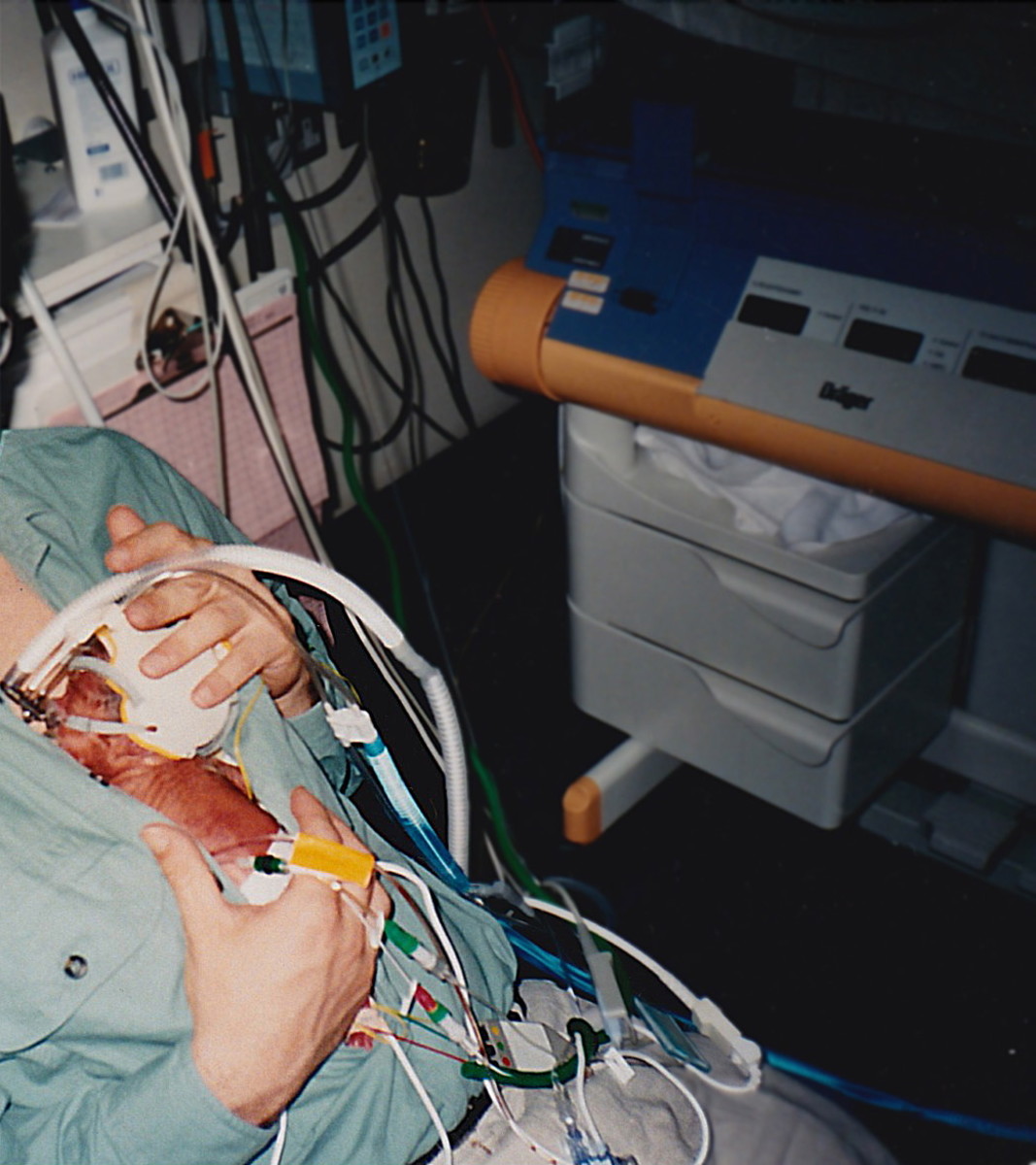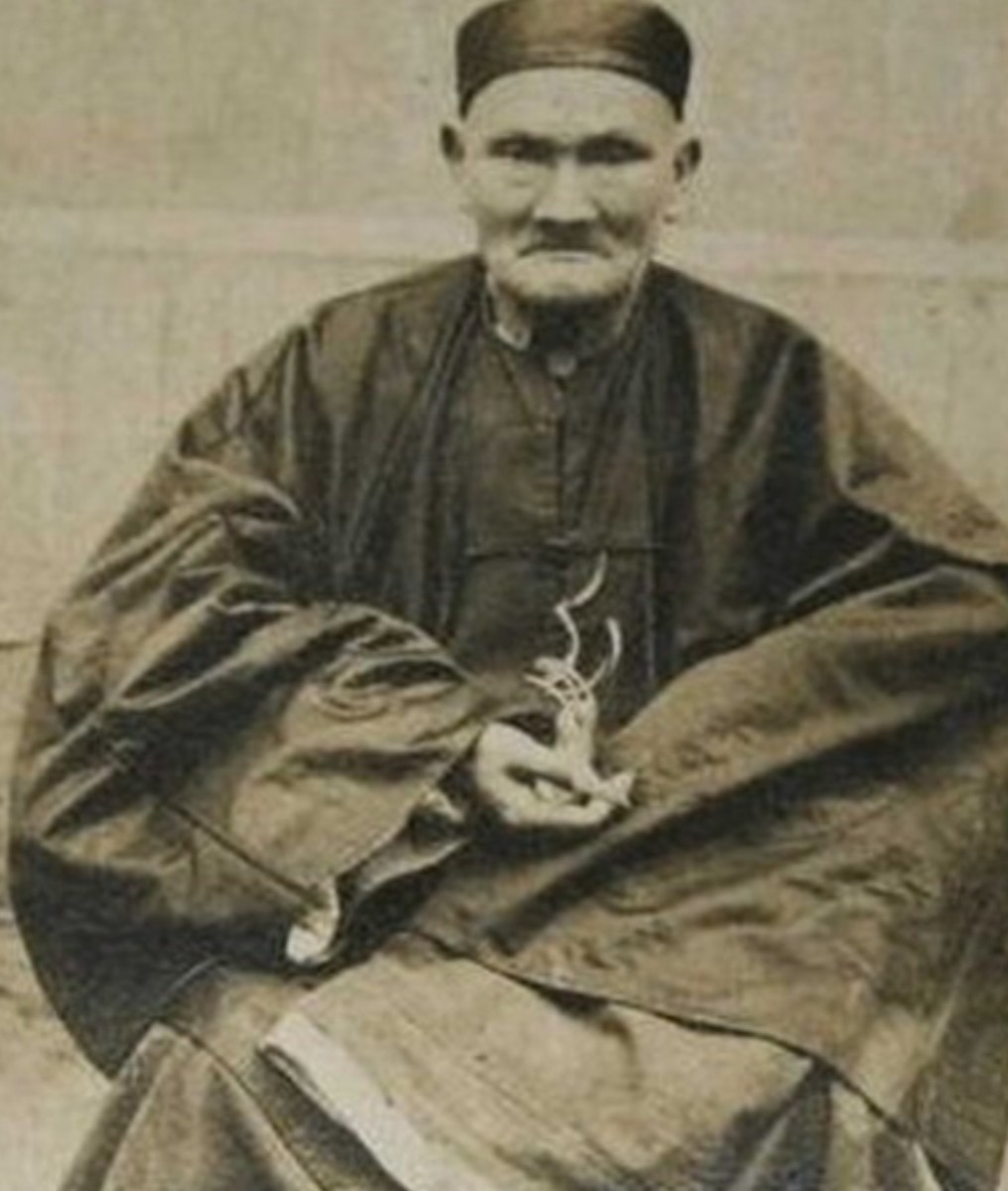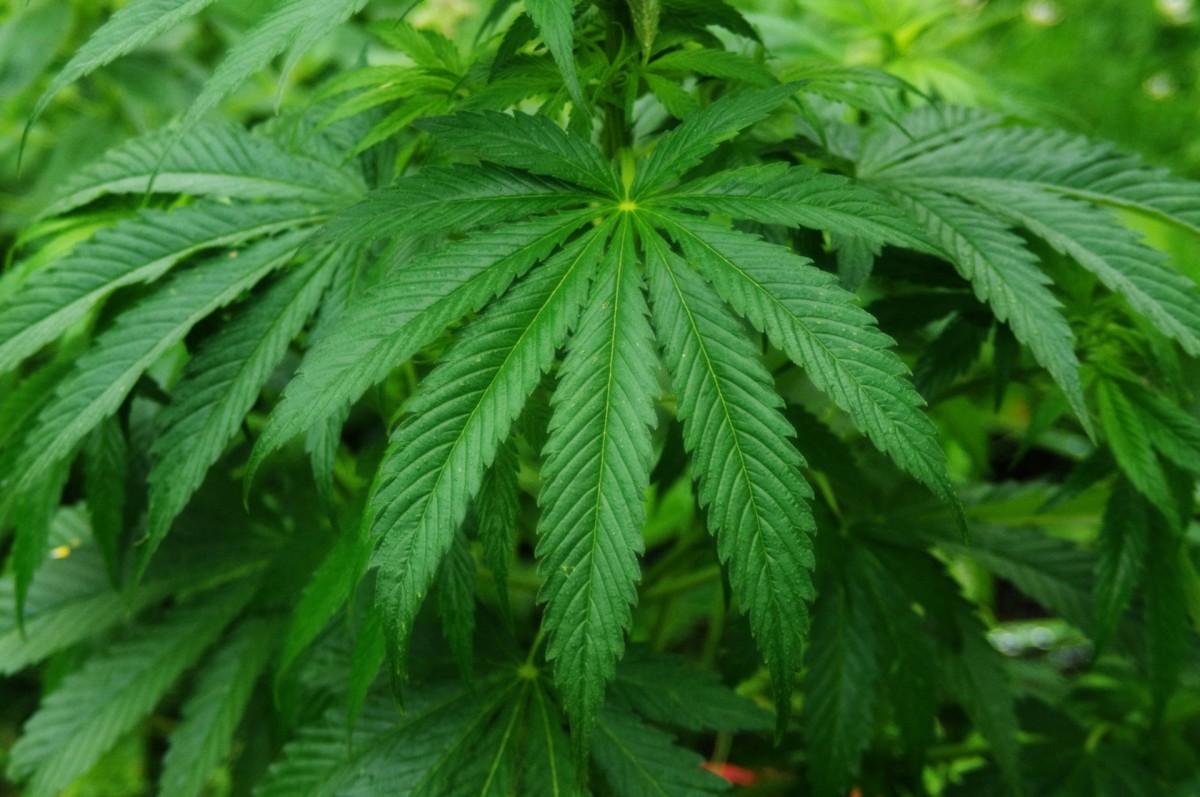Acupuncture - Alternative Medicines
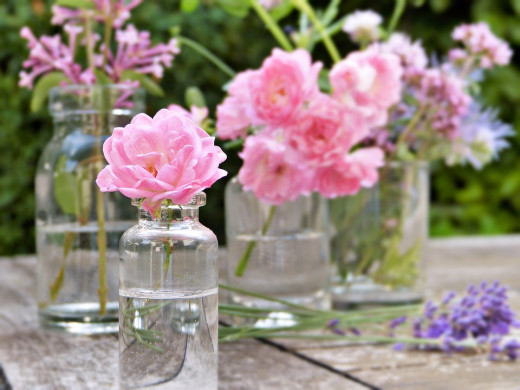
Alternative Medicines
Alternative or natural therapies that in recent decades seem to be regaining an important role in the panorama of health treatments in Western societies, are, in many of their facets, older than the history of man. All societies have their herbal treatments and folk remedies, many of them incorporated in conventional medicine. In fact, it is estimated that at least half of modern medicines originated from natural plant sources.
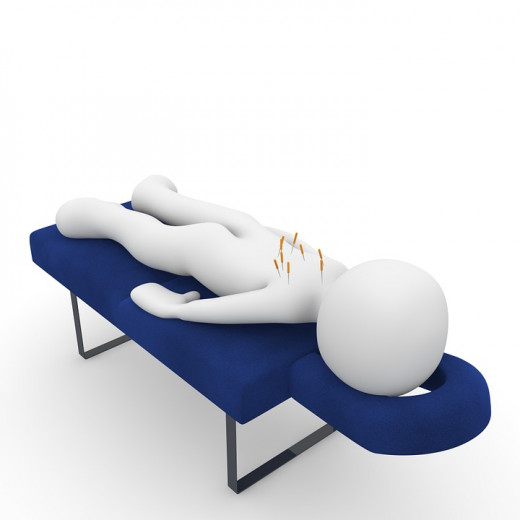
Acupuncture and other Chinese Remedies
Acupuncture is an ancient therapeutic technique with about 50 centuries that in recent decades has been recovered and eliminated in the West. One of the causes of this new interest in this treatment is the fact that acupuncture provides encouraging success for the physician who practices it and clinical improvements and increased well-being for the patient who receives it.
The origins
The Chinese created acupuncture more than 5000 years ago, inspired by a principle of Tauist philosophy. Like all traditional Chinese medicine, the system is based on the theory that health depends on the balance between yin and yang forces. These opposites, which exist in Nature - such as the male and female, the Moon and the Sun - have their counterparts inside the organism.
The disease arises when these forces are out of sync, so the objective is to restore balance.
When using ?
The main indication for the application of acupuncture is functional medicine, and in this area this therapy allows to obtain good results.
The acupuncturist considers that the disease is, in a first aspect, a functional disorder and only afterwards structural. It is in this primitive imbalance that acupuncture is most effective.
How it works ?
Acupuncture is an intervention of therapeutic intentionality that uses the stimulation of cutaneous points through special needles.
The basic idea of acupuncture is precisely to establish a relationship between organs that are located inside the body and the phenomena that appear on the surface of the skin. In fact, the skin is the seat of a certain electrical activity, and it is known that this activity can vary under the influence of a variety of factors.
For the acupuncturist, the organism is grooved by "energetic lines", meridians that connect the organs to these meridians and also to other organs, directly or indirectly.
What to expect ?
The treatment consists of introducing fine stainless steel needles a few millimeters inside the hair at specific points. The needles are inserted in one part of the body, but the sensations of heat, numbness or tingling occur elsewhere. Western studies suggest that the responsible for this phenomenon will be the autonomous system.
Both when inserting and extracting needles, you rarely feel more than a slight prick.
Most pain relief treatments take 5 to 15 minutes.
Precautions
- If you are thinking of doing acupuncture, you should be observed by your doctor before starting treatment.
- If the acupuncturist is not licensed in medicine or recommended by your doctor, check your credentials and experience
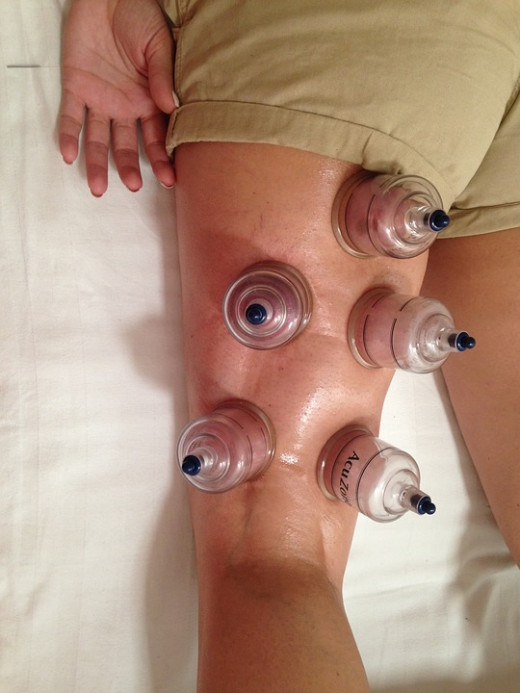
Moxibustion and Suction Cups
Moxibustion, combustion of a small portion of ground mugwort, is a form of stimulation of Chinese points by means of heat. Moxas are applied directly to acupuncture points or needles. They are indicated in elderly or very debilitated patients, as their effect on certain points is highly invigorating.
Suction cups have been used since ancient times to treat various conditions, such as some forms of rheumatism, and also have an anti-inflammatory and analgesic effect.
The suction cup is placed on the skin, adheres to it through the suction caused by the vacuum created inside the glass bell. This suction has a therapeutic effect by stimulating local micro-circulation.


